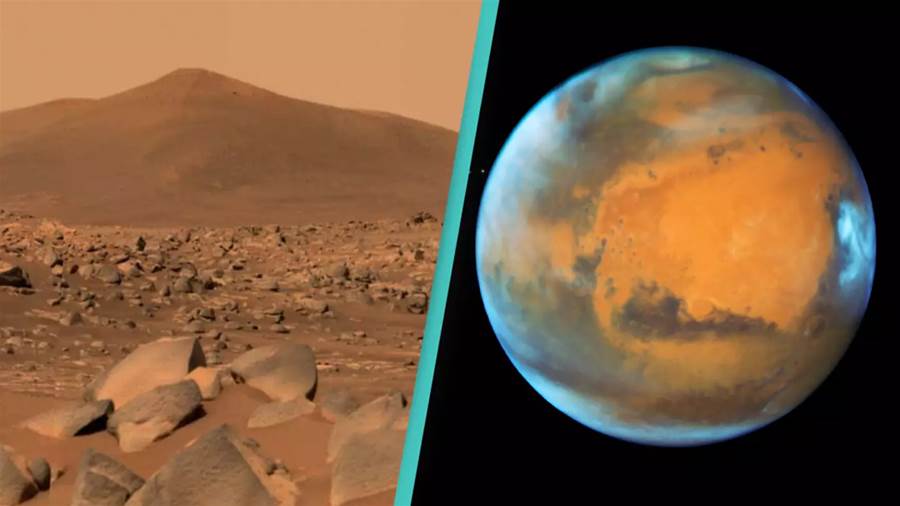

The dream of colonizing Mars has captivated humanity for decades, yet recent scientific findings suggest that this aspiration may be fraught with insurmountable challenges. While NASA has ambitions to send humans to the Red Planet as early as the 2030s, experts are cautioning that long-term habitation may not be feasible.
NASA’s interest in Mars stems from its potential to provide insights into both the history of our solar system and the future of Earth.
The agency has described Mars as "one of the only other places we know where life may have existed." With numerous robotic missions successfully landing on the planet, the next logical step appears to be manned missions. But as researchers delve deeper into the conditions on Mars, a troubling picture begins to emerge.

A collaborative study involving institutions like UCLA, MIT, and Moscow’s Skolkovo Institute has shed light on the environmental dangers that astronauts would face on Mars.
The researchers aimed to understand the impact of particle radiation from various cosmic sources, including the Sun and distant stars, on human life. Their findings, published in the , painted a grim picture: human exposure to radiation on Mars would exceed safe levels after just four years.
Radiation is a silent but deadly threat for any potential Mars colonist. The research revealed that while spacecraft could be designed to protect astronauts during their journey, once on Mars, the radiation risks multiply. The particles that permeate space would pose a significant hazard, jeopardizing not just the health of the astronauts but also the integrity of their mission.

To mitigate this risk, scientists recommend launching missions during periods of peak solar activity, when the Sun’s magnetic field could help deflect harmful particles. "We estimate that a potential mission to Mars should not exceed approximately four years," the researchers explained. This timeline underscores the urgency of addressing the radiation challenge before any serious colonization plans can be realized.
While there is a pathway to safely transport humans to and from Mars, the study's authors stressed that the technological hurdles for long-term living on the planet are formidable.
Crafting spacecraft materials that balance protection without exacerbating secondary radiation is crucial. "This study shows that space radiation imposes strict limitations and presents technological difficulties for the human mission to Mars," they noted.

Despite these daunting challenges, researchers have not dismissed the idea of human exploration entirely. While living on Mars might be off the table, temporary missions could still be possible.
"A mission to Mars is still viable," the scientists emphasized, leaving the door open for future exploration even if permanent settlement remains a distant dream.
As NASA and other space agencies continue to plan for human missions to Mars, they face a complex web of environmental, technological, and logistical challenges. While astronauts may soon set foot on Martian soil, the prospect of establishing a sustainable human presence remains uncertain. The findings serve as a reminder that the Red Planet, while enticing, is also a harsh environment that will test the limits of human endurance and ingenuity.

As humanity stands on the brink of a new era in space exploration, the conversation around Mars and its suitability for human life becomes ever more critical. What are your thoughts on the challenges of colonizing Mars? Share your views in the comments below!
